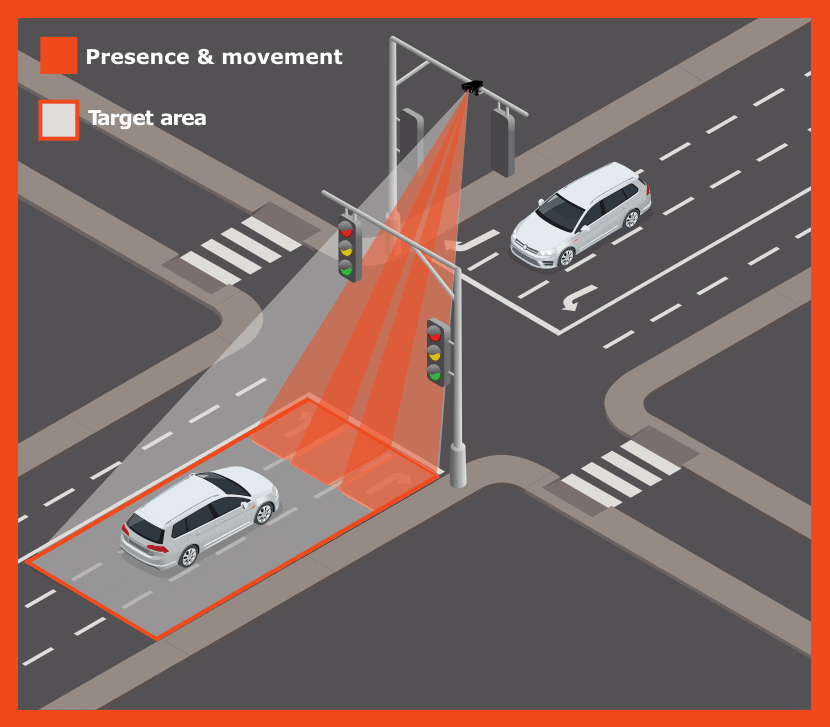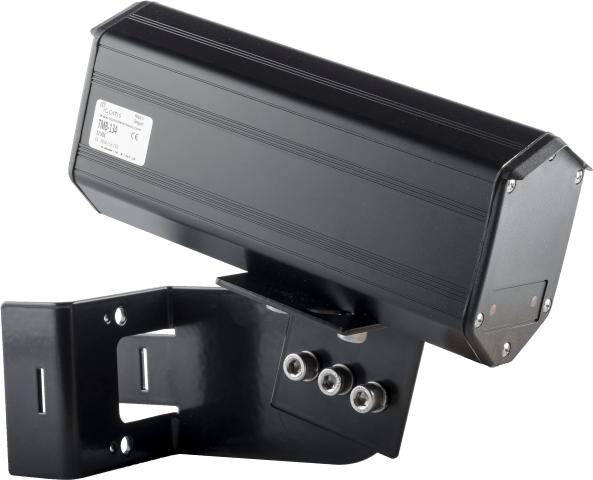Louvain-la-Neuve, June 10, 2020 – Icoms Detections is excited to announce the launch of its multi-lane intersection detector dubbed the TMB-134. This new high-precision radar is capable of detecting movement and presence on multiple lanes and can emulate up to nine inductive loops per radar. It has the capability to detect approaching vehicles and bicycles as well as their presence at the stop-line. The TMB-134 is an intersection radar tailored to crossings with 2 or 3 lanes in one direction and perfectly fits intersections with dedicated phases for right-turn and left-turn lanes. It integrates approach and stop-line presence detection for enhanced traffic light management. If a vehicle at the stop-line does not leave for any reason, the TMB-134 maintains the signal to allow the controller to keep the green light on for longer. The radar is provided with software for the configuration of the loops and can, if necessary, communicate directly with the controller using the RS-485 serial communication line instead of dry contact relays.
The first successful test was performed in Brussels, with the help of Dynniq and the Brussels Mobility traffic lights management team. The product is offered to selected customers for the moment and production is estimated to be at full capacity by September 2020.

Icoms Detections believes that the TMB-134 will prove to be a very cost-effective solution as it can be quickly deployed with minimal planning. The TMB-134 offers non-intrusive, high-precision detection and comes with software for easy configuration without any disruption of traffic. The settings can be easily and quickly adapted in case of road works or new junction configuration. A typical configuration with the TMB-134 consists of one virtual loop per lane at approximately 40 meters from the traffic light for advance detection and another virtual loop per lane at the stop-line. The TMB-134 can easily be placed on existing poles or traffic lights and therefore offers a cost-efficient and easy-to-install alternative to intrusive or image processing based technologies for multi-lane traffic management.

